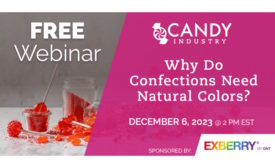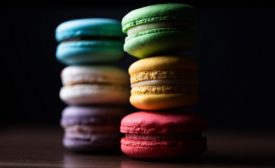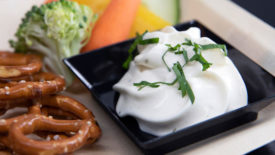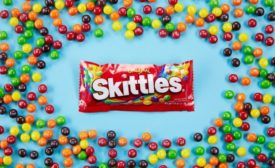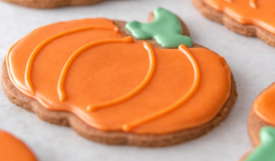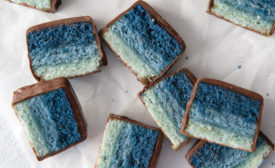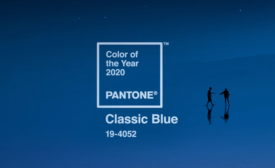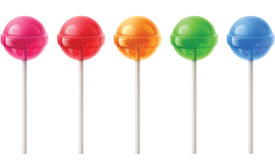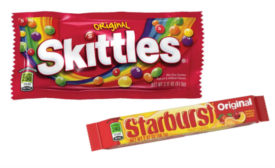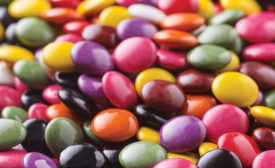Home » Keywords: » Natural colors
Items Tagged with 'Natural colors'
ARTICLES
The webinar will explore natural colors for confectionery items.
Read More
Keeping it real: webinar tackles plant-based color obstacles and opportunities
With consumers demanding natural colors and BFY benefits, this October 17 webinar discusses how to deliver.
October 3, 2023
ADM unveils PearlEdge natural white color solutions
PearlEdge portfolio can serve a variety of food and beverage applications.
April 6, 2022
Mars will continue to use artificial colors in U.S. portfolio
In 2016 company said it planned to use only all-natural colors within about five years.
January 25, 2021
GNT Group launches clean-label orange food colors
Brilliant Orange available in powder, oil-dispersible formats.
May 12, 2020
Vibrant colors and bold flavors boost snack and bakery products
Vibrant colors and bold flavors play an important part in building snack and bakery product appeal
March 9, 2020
Pantone goes true blue with 2020 Color of the Year
Classic Blue evokes wellness, dependability, expanded thinking.
December 10, 2019
How to navigate the natural colors market
Sandy Golden-Dukes of IFC Solutions talks latest trends in natural colors.
June 14, 2019
Mars makes progress on natural colors pledge
Company three years into five-year plan to replace all artificial colors with natural alternatives.
June 12, 2019
Report: Natural food colors market to surpass $14B in 2028
Market expected to grow by 6.5 percent over the next decade.
March 20, 2019
Get our new eMagazine delivered to your inbox every month.
Stay in the know on the latest snack and bakery industry trends.
SUBSCRIBE TODAY!Copyright ©2024. All Rights Reserved BNP Media.
Design, CMS, Hosting & Web Development :: ePublishing
